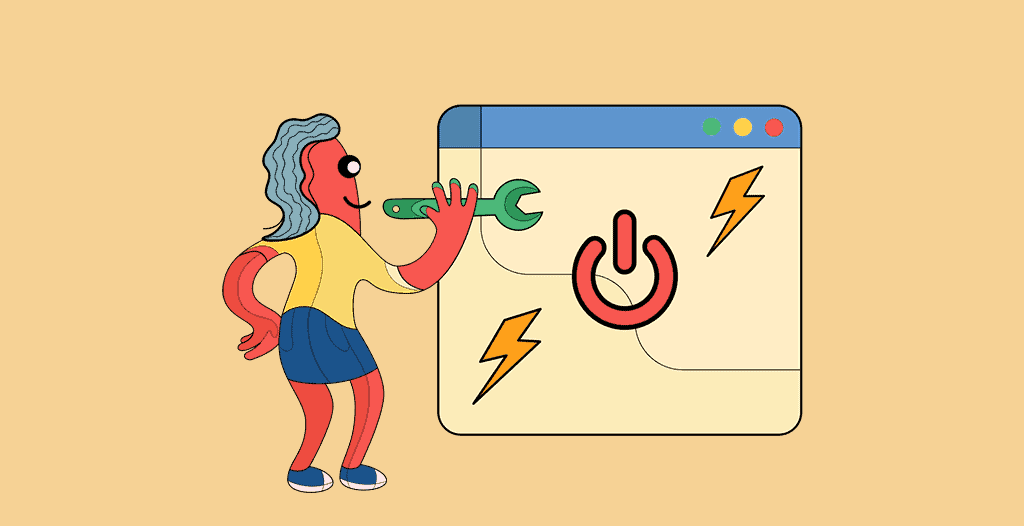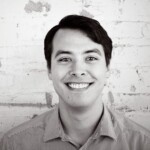How to Improve Website Performance - 4 Critical Tools for Maintaining High-Performing Website
This many years into the digital marketplace, we’re past the point of thinking of your website as an extension of your business. As far as your current and prospective customers are concerned, your website is your business. But, the health and performance of your website can degrade over time. That’s why it is so important to understand how to improve website performance.
People who are looking into the services you provide will look at your website first. If you’ve invested in a redesign, you may feel confident that a combination of the user interface, utility, and branding will deliver a positive first impression. However, if you don’t consistently account for how well your site is performing, every design flourish you paid for ultimately goes to waste.
A site needs more than a well-considered design to be healthy. Speed, visual consistency, accessibility, and SEO are just a few aspects of your site that can break down in a short window of time. If you’re not vigilant with maintenance and optimization, your site will run slowly, look mismanaged, or disappear from search results. Consciously or otherwise, users use those experiences to develop a picture of your business.
You can ensure a positive first impression for your business by carefully monitoring your site’s health. In the end, if your site can’t deliver what users want, they’ll go somewhere else to find it.
Key Components of Site Health and Why It Degrades
From providing customer service resources to attracting new hires, your website performs a variety of roles with different features enhancing its capabilities. As a result, no single metric can determine your site’s overall health.
Ultimately, a site is healthy when it performs all the functions your business needs. The following traits contribute to your site’s health breaking down:
- Search Engine Ranking (SEO) Issues
- Long Page Load Times (more than 3 seconds)
- Dead Links
- Incompatibility with Different Browsers or Platforms
- ADA Compliance Issues

The causes behind the breakdowns in these elements are difficult to pinpoint. You could be using an out-of-date website platform with deprecated features. Or your IT team may have implemented security updates that resulted in unexpected changes to your site’s functionality.
If your CMS is flexible but your site editors haven’t been consistently trained, your site health can also break down. Updated pages can deviate from your design, creating an uneven user experience. New images and graphics can be improperly compressed, increasing your site’s load times. With Google’s move to incorporate Core Web Vitals into its rankings, your search rankings will also be impacted by poor performance.
Monitoring site health doesn’t just ensure a better experience for your users. It increases your return on investment from your current design by extending its lifespan.
4 Tools That Contribute to Maintaining Your Site’s Health
With consistent care, your site will deliver consistent performance for years, which can eliminate the need for costly, comprehensive relaunches. Though all technology inevitably deteriorates over time, an unhealthy site isn’t unavoidable.
Finding the right tools that help you answer the question “how to improve website performance” is a great place to start. You can capture a sort of “graceful degradation” for your site with the help of the following SaaS tools:
1. Siteimprove
Measures your site’s performance, security, and compliance with ADA accessibility standards in a full site audit. Through a dashboard interface, Siteimprove will crawl your site and deliver a report on your Core Web Vitals score. Plus, the software provides a Digital Certainty Index, which measures your site’s performance with quality assurance, SEO, and accessibility.
The tool identifies the areas of your site that are not delivering while indicating where and how you can fix errors. Depending on how often your site is updated, Siteimprove scores can fluctuate. Conducting scheduled audits of your site as often as once a week will identify problem areas and keep your site in good health.
2. Semrush
Similar to Siteimprove, Semrush analyzes your site’s search engine marketing performance. Along with providing insights into ways to make your site more attractive to Google, Semrush will analyze links coming from other websites (backlinking) and identify the high-ranking keywords by the location related to your business.
Semrush also informs your content marketing by identifying the topics aligned with your audience’s interests and analyzes the marketing strategies of your direct competitors. In terms of managing your organization’s ranking in organic search results, Semrush is a crucial tool for marketers.
3. Pantheon
Your digital hosting service also requires consistent care to keep your site in its best state. Pantheon is a powerful tool that allows your developers to work on a copy of your site, submit changes for review, and then upload those to production.

Pantheon also provides a means to verify the impact of security or software updates with Autopilot. Like the popular regression tool Diffy, Autopilot performs a visual scan of your site and identifies any changes. Without these tools, your developers would need to manually verify each page on your site, a tedious and time-consuming process. With Pantheon, the demands of DevOps are taken off your developers’ plates so they can focus on your site’s code.
4. Cloudflare
When it comes to figuring out how to improve website performance, a content delivery network, or CND, can make all the difference. A content delivery network, Cloudflare is a tool you likely use every day without ever recognizing as you browse the internet. At one time, your user’s geographic location played a role in how quickly your site loaded. A visitor would come to your site and it would ping a server where your website is hosted, which can slow performance if a visitor is coming from three time zones away.
With Cloudflare, an image scan of your site is stored in server farms around the world. No matter where users are located, they can access one of these cloud-based servers to view one of these scans, which functions like a cached version of your site. In the software’s admin panel, you can also determine which parts of the world are visiting your site and identify any irregularities.
Details such as these are valuable because Cloudflare’s technology also provides additional website security. Instead of the backend of your site being vulnerable to data breaches through a DDoS attack, the content delivery network adds an extra layer between what a hacker can access and actually visit.
Given the stakes involved with the modern digital marketplace, your business is truly only as healthy as its website. However, through regular maintenance and monitoring through a few tools, you can care for your site in a way that ensures it will continue taking care of your business’ needs.
Learn more about how to improve website performance and how to avoid future website degradation on our webOps page.

